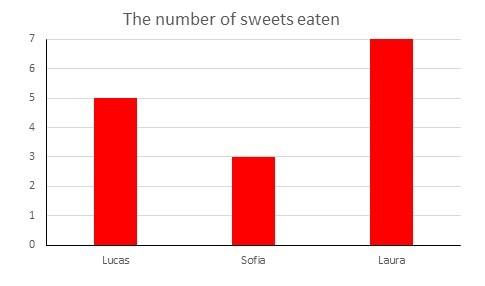Myths about teaching can hold you back
- Year 5
Friction: do and review
I can carry out an investigation into friction and evaluate the results.
- Year 5
Friction: do and review
I can carry out an investigation into friction and evaluate the results.
These resources were made for remote use during the pandemic, not classroom teaching.
Switch to our new teaching resources now - designed by teachers and leading subject experts, and tested in classrooms.
Lesson details
Key learning points
- Scientists carry out investigations to measure and compare the amount of friction created between different surfaces.
- The results from an investigation can be recorded in different ways, including tables and graphs.
- The findings from an investigation can be summarised into a conclusion.
- Objects experience more friction when moving across rough surfaces compared to smooth surfaces.
- Test results can be used to make predictions to set up further investigations.
Keywords
Surface - The surface is the top or outside layer of an object or material.
Friction - Friction is a force that acts between surfaces.
Variable - A variable is something that can be changed, measured or kept the same in an investigation.
Conclusion - In a conclusion, scientists explain what the results show and what they mean.
Common misconception
All graphs can be used to present all types of data.
Examples given of different types of graph and sample data.
To help you plan your year 5 science lesson on: Friction: do and review, download all teaching resources for free and adapt to suit your pupils' needs...
To help you plan your year 5 science lesson on: Friction: do and review, download all teaching resources for free and adapt to suit your pupils' needs.
The starter quiz will activate and check your pupils' prior knowledge, with versions available both with and without answers in PDF format.
We use learning cycles to break down learning into key concepts or ideas linked to the learning outcome. Each learning cycle features explanations with checks for understanding and practice tasks with feedback. All of this is found in our slide decks, ready for you to download and edit. The practice tasks are also available as printable worksheets and some lessons have additional materials with extra material you might need for teaching the lesson.
The assessment exit quiz will test your pupils' understanding of the key learning points.
Our video is a tool for planning, showing how other teachers might teach the lesson, offering helpful tips, modelled explanations and inspiration for your own delivery in the classroom. Plus, you can set it as homework or revision for pupils and keep their learning on track by sharing an online pupil version of this lesson.
Explore more key stage 2 science lessons from the Forces including simple machines unit, dive into the full primary science curriculum, or learn more about lesson planning.

Equipment
See additional materials.
Content guidance
- Risk assessment required - equipment
Supervision
Adult supervision required
Licence
Prior knowledge starter quiz
6 Questions
Q1.What is the name of the force that acts between objects that are moving, or trying to move, across each other?
Q2.How many variables should you change in a controlled investigation, such as in a comparative or fair test?
Q3.If the enquiry question is, 'Do different gloves create different amounts of friction?', which variable should be changed?
Q4.Which of these is not a way in which scientists present results?
Q5.Match the investigation type to the activity.
sorting food into healthy and unhealthy groups
measuring the temperature of a hot drink
comparing which type of paper makes the fastest aeroplanes
Q6.In which direction does friction act on moving objects?
Assessment exit quiz
6 Questions
Q1.Starting with the least, sort these surfaces in order of increasing amount of friction created when walking across them.
Q2.Which of these is not a type of graph?
Q3.In which part of an investigation should you summarise the results?
Q4.What do scientists use test results for?
Q5.What is this graph missing?



